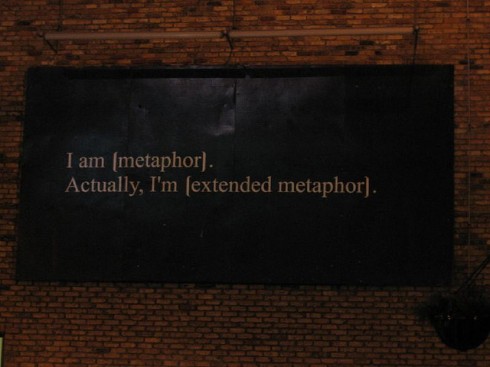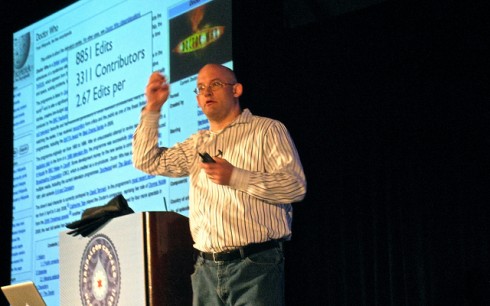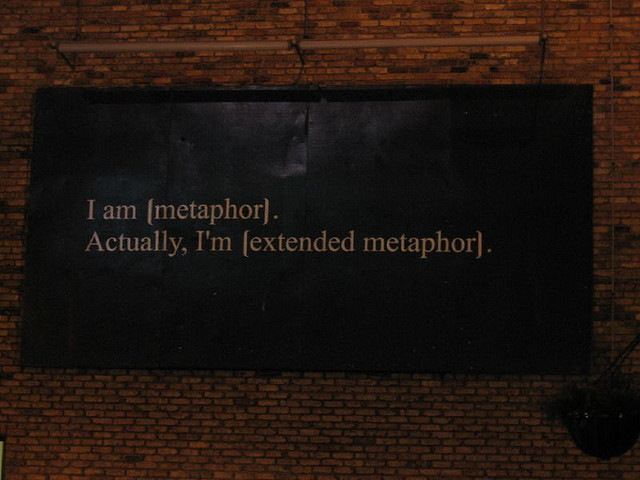
The metaphors we use to describe digital technology end up misleading us.
We attempt to understand new technologies by bringing the context of previous experiences and hoping to find relevant analogies, but those analogies often carry other unintended meanings and can obscure possibilities.
For example, we think of the urls our browsers request as:
- Sites we visit (geographic / spatial metaphor, as in cyberspace)
- Pages we read (publishing / media metaphor, as in web publishing or content management)
- Applications we use (software metaphor – as in web applications)
- Communities we join and interact with (sociological metaphor, as in online community management)
- Stores we browse and shop (retail metaphor)
In turn, this means we think of the people who interact with our digital experiences as visitors, readers, users, members, and shoppers. These get all mixed together in actual usage, and there are complexities in each. (In social networking, for example, we also think of each user/member as a node in a network – drawing on a shared mathematics concept which underlies computer networking, social networking, and graph theory).
The challenge is how to use these metaphors to understand the new experiences while being careful not to let them constrict our thinking about what is possible.
Clay Shirky, in his keynote at Drupalcon last week discussed the challenge that strategists, designers, and developers of digital projects face at the intersection of two of these metaphors in particular.

We’ve inherited, he argued, from traditional mass media a conception of the “people formerly known as the audience” – a group of mostly passive individuals who receive a standardized message duplicated and distributed at broad scale with low friction. We’ve also inherited from software development the notion of the application user, the person between the keyboard and chair who commands resources, directs the computer’s actions, and has some degree of power over what is produced.
What those of us who develop new social applications are trying to understand, in Shirky’s model, is the continuum between the “anonymous visitor” (really just a set of HTTP requests from a given IP address), the active community member who participates (and at multiple levels of engagement- lurker, commenter, thread starter, core contributor), and the site owner / management. The “experimental arm of the political science department” (as Shirky called the collected Drupalcon audience).
Breaking down the distinction between site admins and users external to the site, blurring the distinction between “content” and “user generated content” enables the creation of organizations that learn from their user base in new ways. How would wikipedia be different, for example, if it provided a different user experience to the power user with thousands of edits than it does to the occasional user with a handful of edits?
The point isn’t to find a new term – there is no “value neutral” version of the visitor/user/reader/community member/shopper. Each of these implies one set of concepts and obscures or overlooks others. The goal should be to become conscious of the impact of our choices of terms.
Who are you designing for / developing for? Does your site have users, visitors, members, or shoppers? (Or all of the above?)
